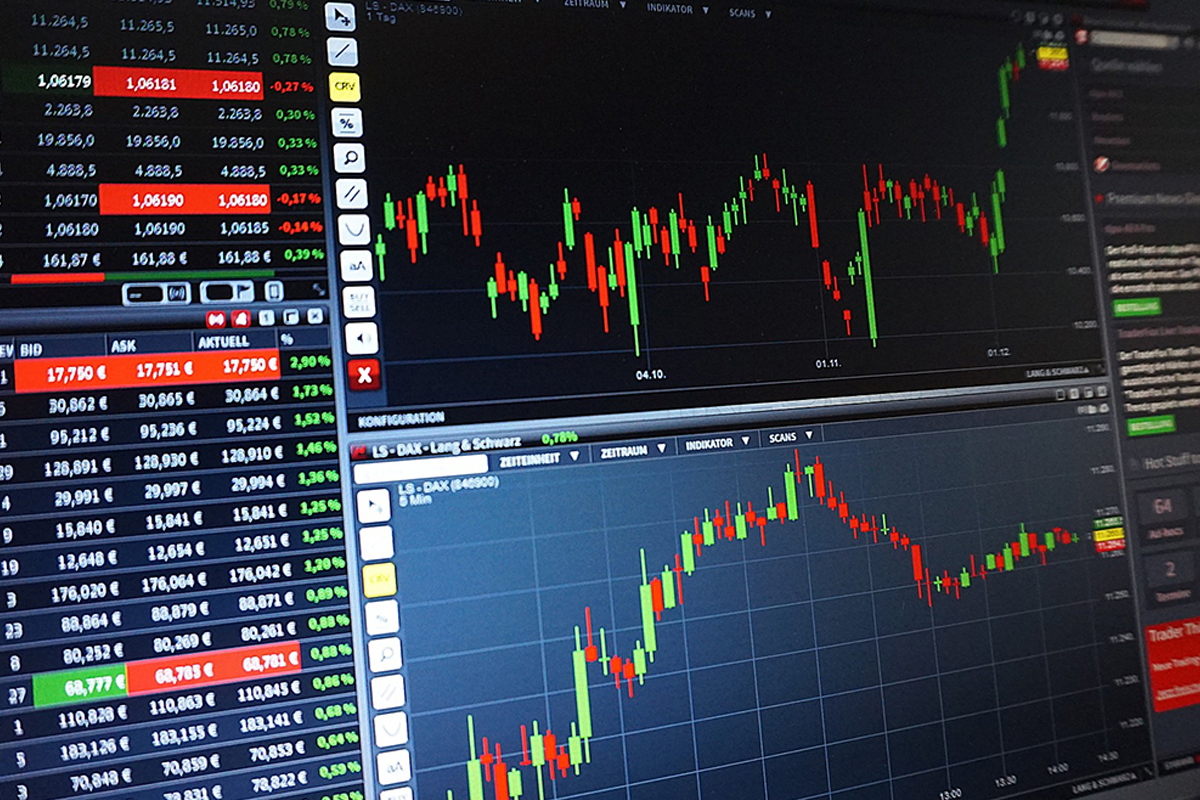The S&P 500, the world’s most-watched stock index, reached an all-time high on Friday, marking its first record since January 2022. This milestone has left many investors questioning whether it signals the start of a new bull market, given the challenging economic landscape.
While the index’s surge is impressive, several factors are casting shadows of doubt. Interest rates have seen a substantial increase since the last peak, with the federal funds rate rising from 0.25% to 5.5%. Inflation has surpassed target levels according to numerous metrics, and public opinion suggests a grim economic outlook. Moreover, the bond market is predicting an impending recession.
A closer look at the recent rally reveals that it has been primarily driven by the “Magnificent Seven” tech platform stocks, raising concerns about market concentration. However, when considering the equal-weighted S&P 500, where all 500 members receive the same weighting, the gap between it and the cap-weighted version is not as substantial. The smaller companies’ performance, as reflected in the S&P 600 index, has also been relatively close to the all-time high, with this small-cap index excluding unprofitable companies and avoiding disastrous stocks.
One argument against the notion of irrational exuberance is that sensible valuation metrics show that multiples are rising but remain cheaper than at the start of 2022. Examining the leaders and laggards since January 2022, the rally appears broader than initially credited. Some of the most hyped stocks, including Tesla Inc., Amazon.com Inc., and vaccine makers Pfizer Inc. and Moderna Inc., have not significantly contributed to the index’s overall gains.
Notably, the energy sector has been the top-performing sector, posting a 40% gain, further indicating that the rally is not excessively narrow. This rally has been realized with slightly more realistic valuations than what was observed at the beginning of 2022 when optimism appeared to be excessive.
Despite the record-breaking performance, questions remain about whether this is indeed a new bull market. Historical examples, such as the early 2000s, caution against assuming a prolonged up-trend based solely on record highs. The bond market’s role is central to this evaluation, as higher bond yields can reduce stock valuations. The equity risk premium, the difference between the earnings yield of the S&P 500 and the 10-year Treasury yield, has been shrinking, making stocks appear less attractive compared to bonds.
Ultimately, the future direction of the market hinges on the trajectory of bond yields. If they remain elevated due to persistent inflation, this new high could resemble a temporary blip in a longer-term trend, similar to the situation in October 2007. Conversely, if bond yields significantly drop and stay low, stocks could continue on a path toward a genuine bull market.
As the market navigates these uncertainties, investors must exercise caution and remain vigilant in their assessments of the evolving financial landscape.







